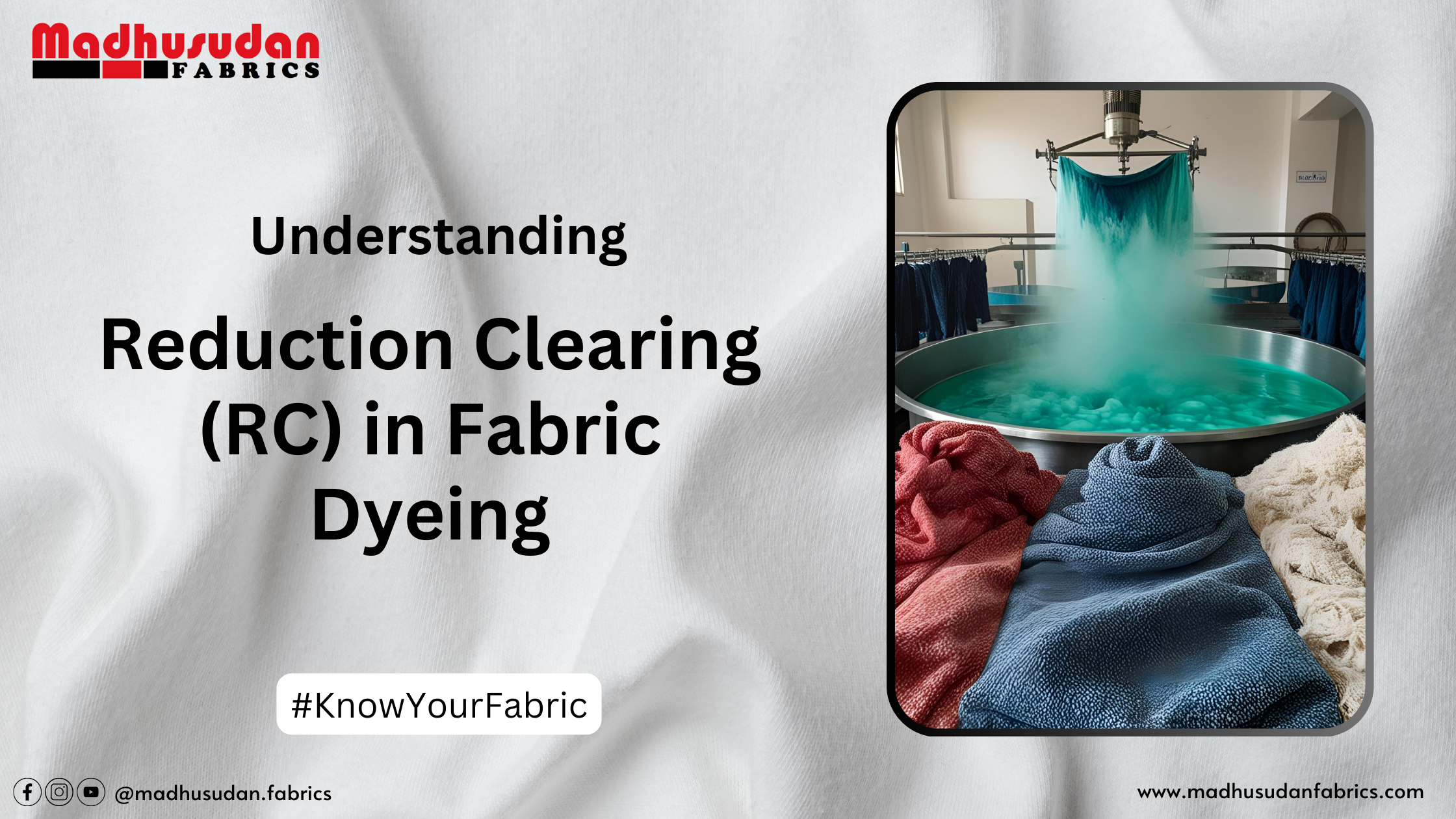Unveiling the Magic: Reduction Clearing (RC) in Fabric Dyeing
Fabric dyeing, a vibrant dance of chemistry and artistry, often involves more than just plunging cloth into a dye bath. Achieving the desired depth, shade, and, crucially, fastness of color requires meticulous steps, and one of the most critical is Reduction Clearing (RC). If you’ve ever wondered how fabrics maintain their brilliance after repeated washes, … Read more

